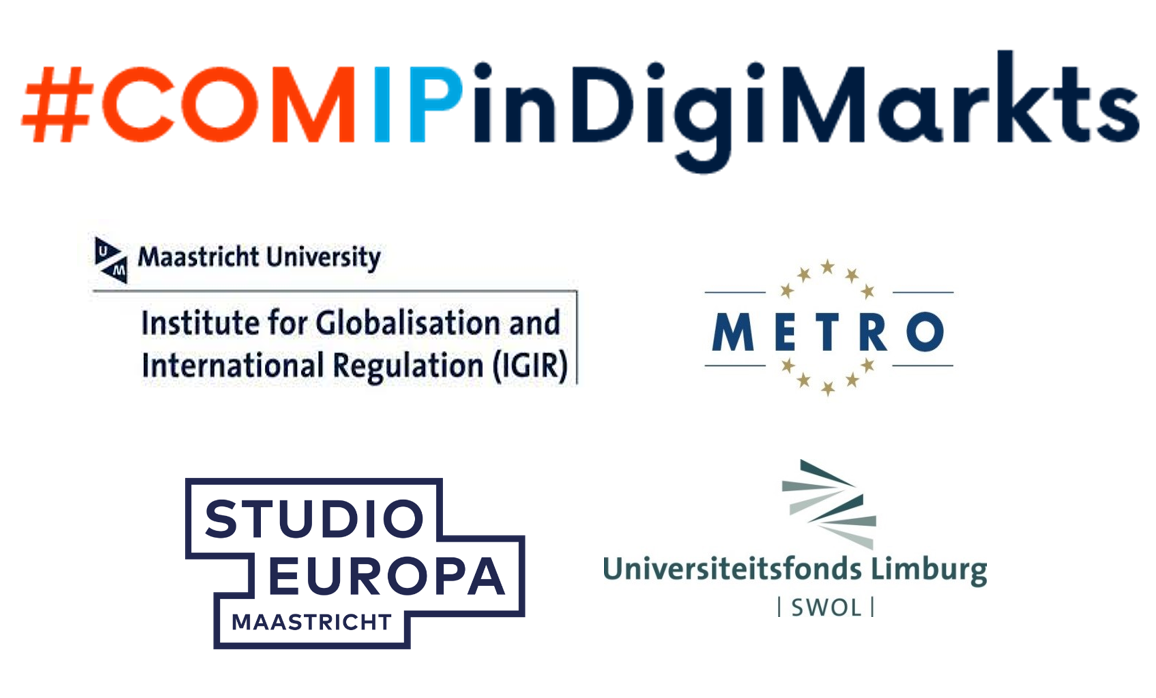The digital markets act amendments: be careful what you wish for

On 15 December 2021 the European Parliament has adopted in 1st reading the long-awaited Digital Markets Act – a regulation, aiming to recalibrate competition in the most important sectors of the EU digital economy. As this law and this new regulatory modality are indeed capable to have a paradigmatic impact on such an important industry, the variety – and the polarity – of the interests aiming to contribute to the wording of the DMA, is understandable.
The original proposal by the Commission, presented precisely 1 year before – on 15 December 2020 – has generated vibrant discussions. In the preceding years the central questions where of somewhat ontological nature: do we need such a proactive instrument, and if yes – should we expand it to all sectors of the economy. After the publication of the Commission’s proposal, the focus of the discussions has shifted to calibration of precise formulas and mechanisms. While the interests of the stakeholders remain the same, very few continue developing “ontological” yes/no tonality. Most of the opponents of the DMA have now shifted from the categorical “no” to a more functional “but how”.
Additionally, there is no unanimity among the supporters of the DMA themselves. Every silo perceives it through its own angle, so that often the disagreements between the supporters of the DMA are getting even more fundamental than the disagreement between the ‘ontological’ opponents.
Tentatively, one can identify four groups of the proponents of the DMA: (i) those expecting the DMA to improve the long list of problems associated with the digital rights of end users; (ii) those focusing primarily onto the improvement of vertical competition between gatekeepers and their business users; (iii) those interested primarily in the disruptive effect of the DMA, triggering innovation and boosting creativity in digital markets; and (iv) the proponents of the horizontal perspective, perceiving the DMA primarily as an opportunity to open-up the entrenched digital markets, and analysing its provisions from the perspective of new entrants, which would be capable to begin competing with the current incumbents.
Clearly, such taxonomy is only indicative. There are various subgroups with the focus on different aspects of end users’ rights, vertical, horizontal or diagonal competition, with various disciplinary and methodological background, ideological beliefs and normative expectations. Some expect the DMA to be self-executing, others envisage a proactive role of the enforcer; some care about businesses, others are focused on EU’s strategic interests and priorities.
Finally, most of the emerging theories and approaches to the DMA are not mutually exclusive. Usually, they are supportive of each other, and only rarely they are in some systemic conflict. Still however, the differences between these approaches are meaningful.
It appears that the most complex, challenging and opaque – but yet the most important – trajectory is horizontal. It perceives the DMA as primarily an instrument for a strategic shaping competition in digital markets. Such a strategic shaping implies that the focus is put not on the parameters of specific obligations of gatekeepers vis-à-vis their vertical competitors and customers, but rather on how these obligations would be capable to facilitate new entries into the markets which are almost consensually being seen as tipped and entrenched by the current gatekeepers. It perceives, in other words, obligations and liability primarily as a punitive instrument, constraining and steering the omnipotence of gatekeepers in the direction, designated by the Commission,[1] – not as a mechanism for restoring business and end users’ rights. Clearly, such an identification is made for the purposes of conceptual clarity. Most of other pro-DMA approaches complement and enrich this approach. Some however are not.
The remainder of this short blog contribution focuses on the analysis of those rare instances where the ideas of other supporters of the DMA, which have been successfully implemented into the 1st reading of the DMA, may harm its strategic mission (if the mission is seen from the normative perspective of horizontal competition facilitating new entries and meaningful scaling up of the European challengers of the current situation at the markets of core platform services).
Without such ambitious horizontal agenda, the DMA would become merely a P2B+ Regulation. The key legislators also confirm this
More specifically, it is important to focus on the following three topics:
1. The discussion on the DMA in the Parliament has introduced two additional goals: fostering innovation and promoting consumer welfare. It is important to examine critically these two goals, asking if such an expansion of the scope of the goals of the DMA is beneficial or harmful for the effectiveness of the instrument. There is a potential that alongside with the original goals of fairness and contestability the cumulative requirement for the additional two goals will increase the standard of proof for the Commission. The logic of this concern is that the obligations which do not foster innovation or increase consumer welfare may lose their societal legitimacy. And vice versa, it is likely that the gatekeepers would be using the welfare & innovation instrument as an efficiency defence – even if this mechanism is not formally available in the DMA.
2. Another novelty in the Parliament’s – and in particular in the Council’s – version of the DMA is the increased role of national competition authorities and private enforcement. Both of these mechanisms are strongly supported by the vast majority of the proponents of the DMA. While acknowledging the undisputable benefits of both, this paper identifies some instances where the abandoning of the Commission’s enforcement exclusivity model may backfire.[2]
3. Finally, it is important to scrutinise in this context the benefits of the mechanism of commitments, which has been also fiercely discussed in during the DMA legislative process. Such an asymmetric, contextual, participatory and proactive regulatory tool as the Digital Markets Act requires commitments as an element of an effective regulatory dialogue. Commitments allow a meaningful regulatory dialogue between gatekeepers and enforcers. Reducing such a dialogue only to the level when obligations are calibrated would be not sufficient. Extending this rationale further to the level when instances of non-compliance are being scrutinised by the enforcers and effective remedies are being considered would allow much more engaged and dynamic functioning of the DMA as an embodiment of the new wave of smart legislation aiming to shape digital markets in a pro-competitive tonality.
[1]. For a normative substantiation of this approach see Oles Andriychuk, 'Shaping the New Modality of the Digital Markets: The Impact of the DSA/DMA Proposals on Inter-Platform Competition', World Competition: Law & Economic Review, Vol. 44, No. 3, 2021, pp. 261–287. For its legal-theoretical methodology see Oles Andriychuk, ‘Between Microeconomics and Geopolitics: On the Reasonable Application of Competition Law’, Modern Law Review, Vol. 85, 2022, No. 3, pp. 598–634.
[2]. Oles Andriychuk, ‘Will the Digital Markets Act Deliver?’, Chillin’Competition Symposium on the Digital Markets Act, October 2021
| This guest blog was written by Oles Andriychuk for the IGIR and METRO Faculty of Law Maastricht #COMIPinDigiMarkts2022 project - More blogs on Law Blogs Maastricht |

This guest blog is part of the project #COMIPinDigiMarkts2022. These blogs have been specially prepared by participating internal and external project members and focus on competition law and IP law, with particular reference to the digital markets.